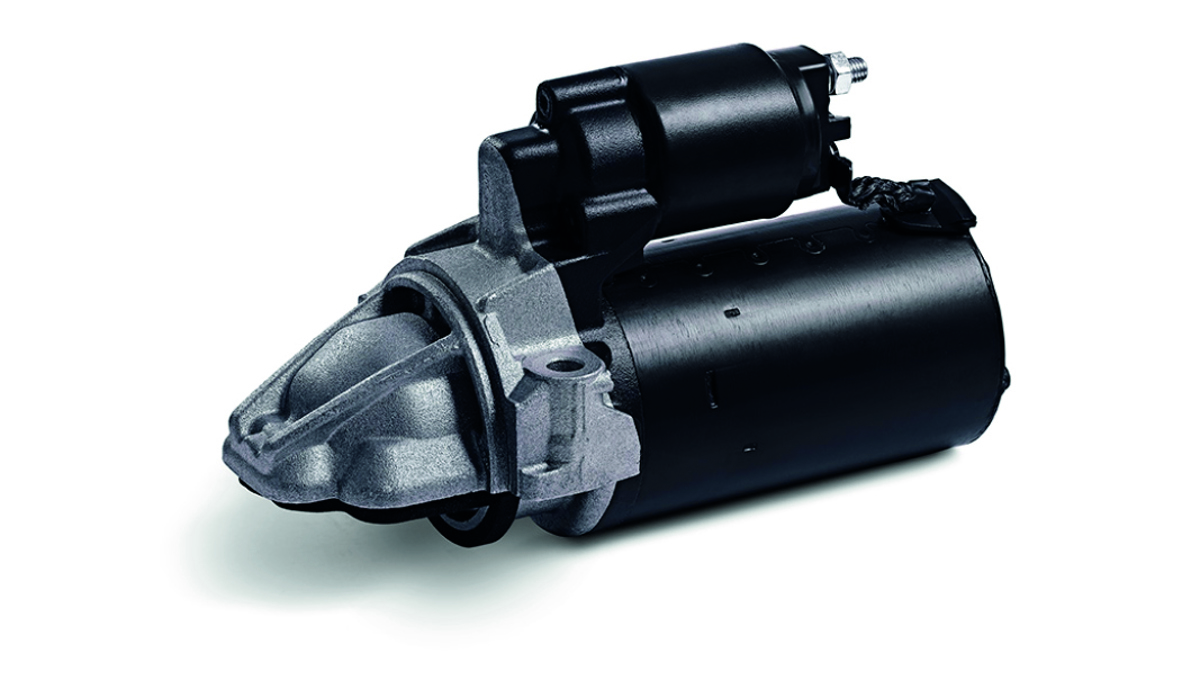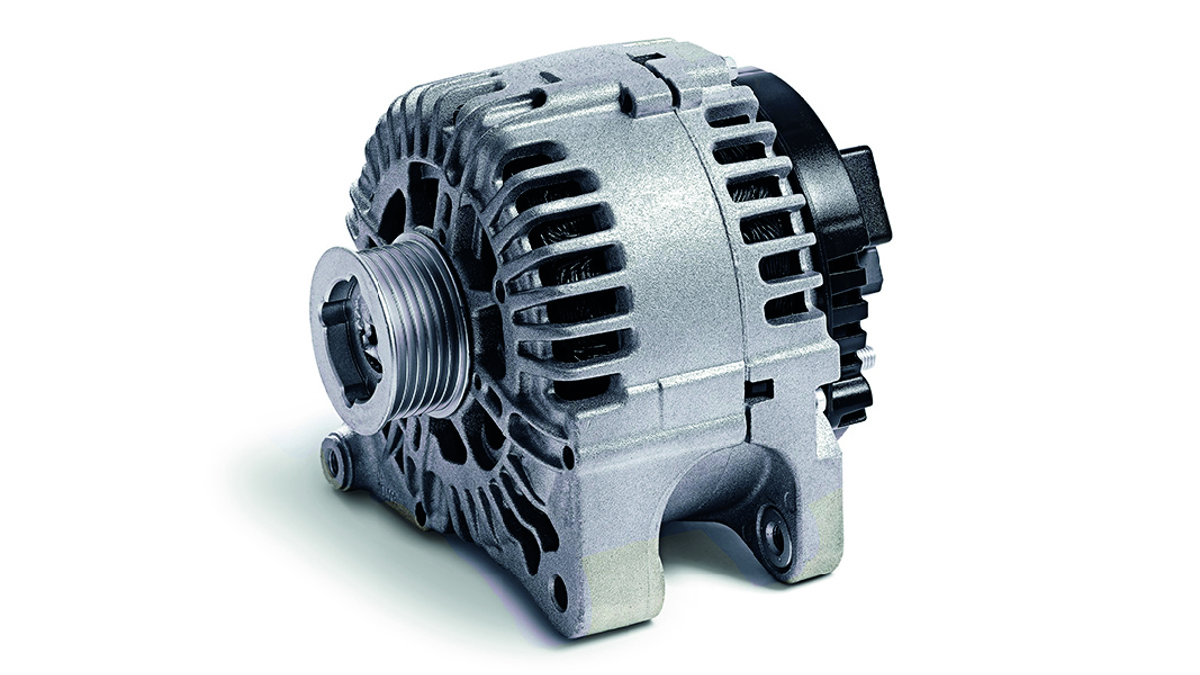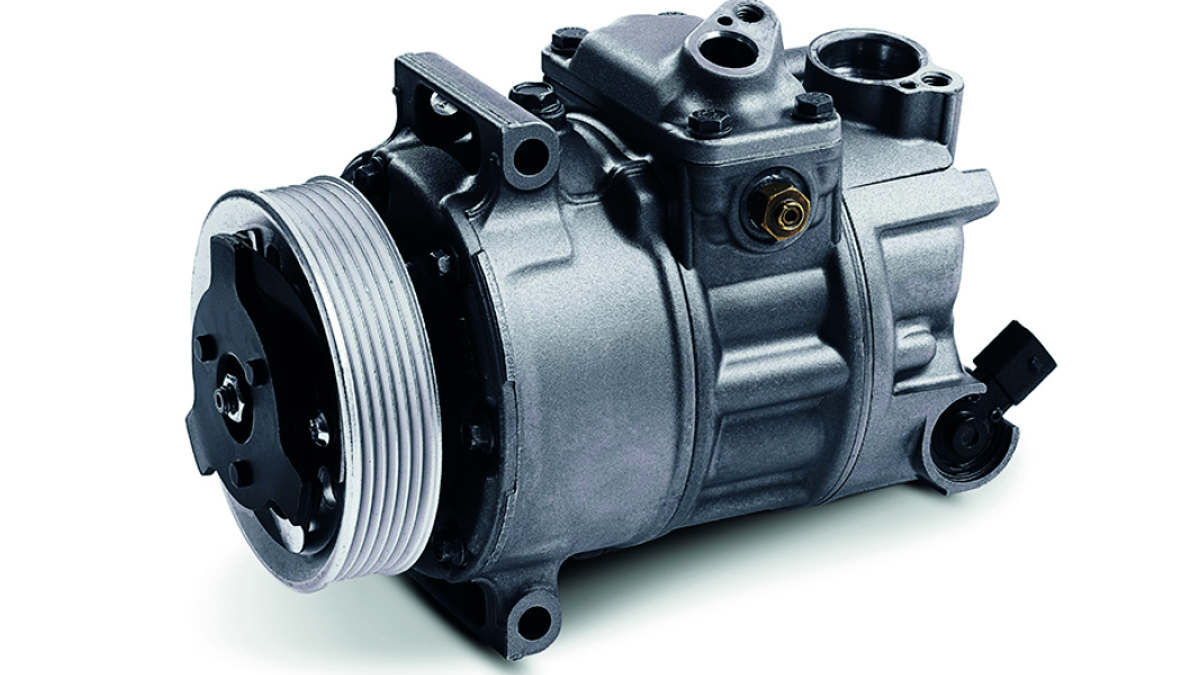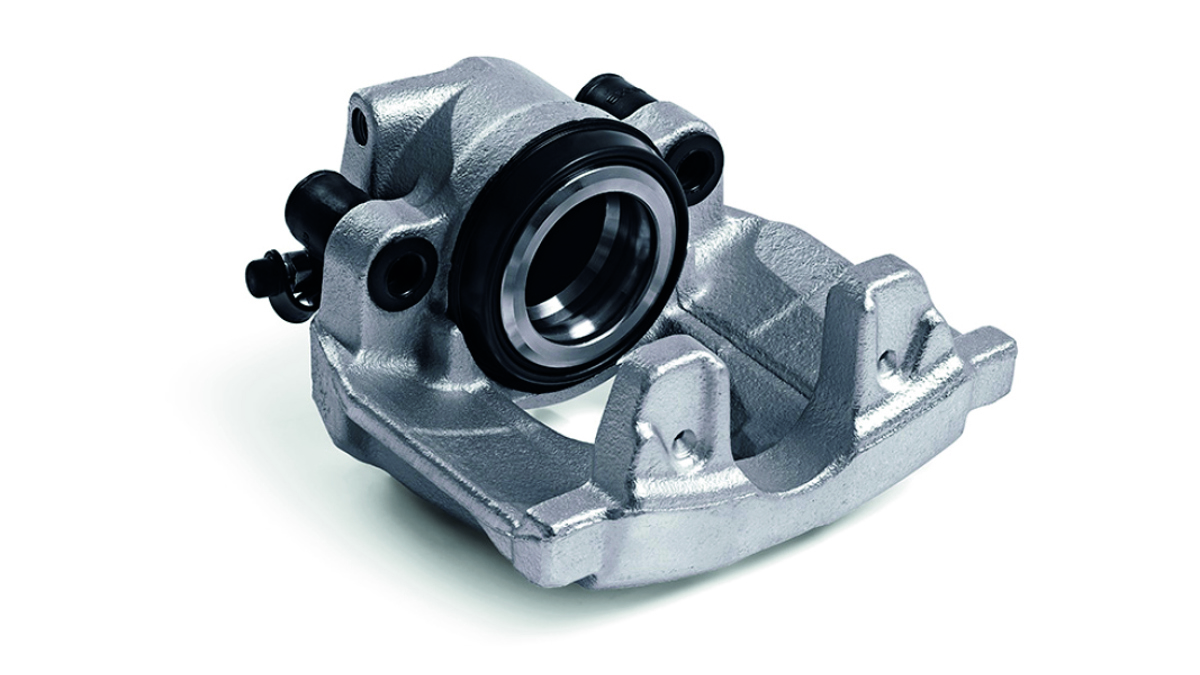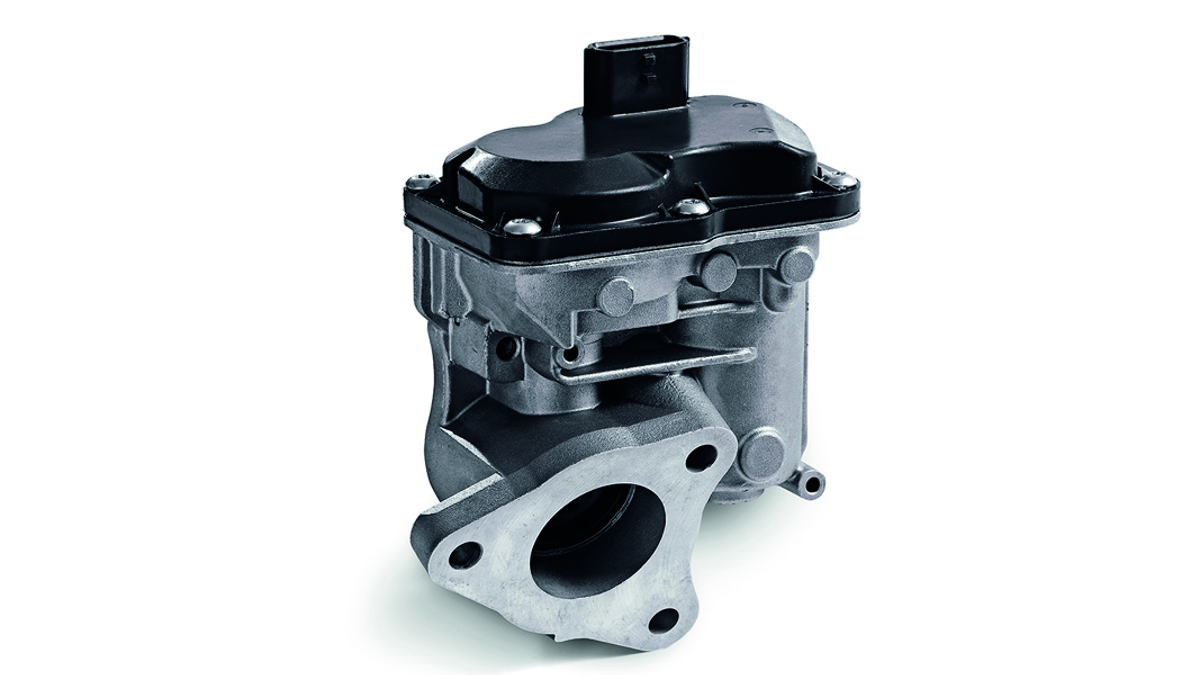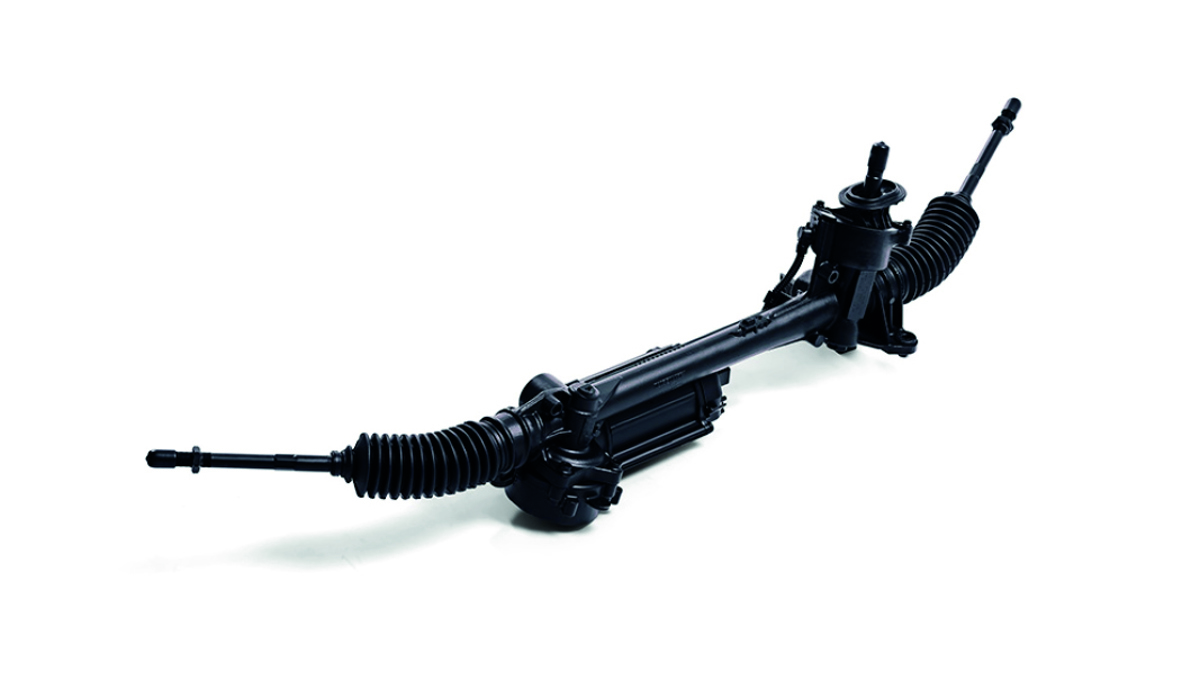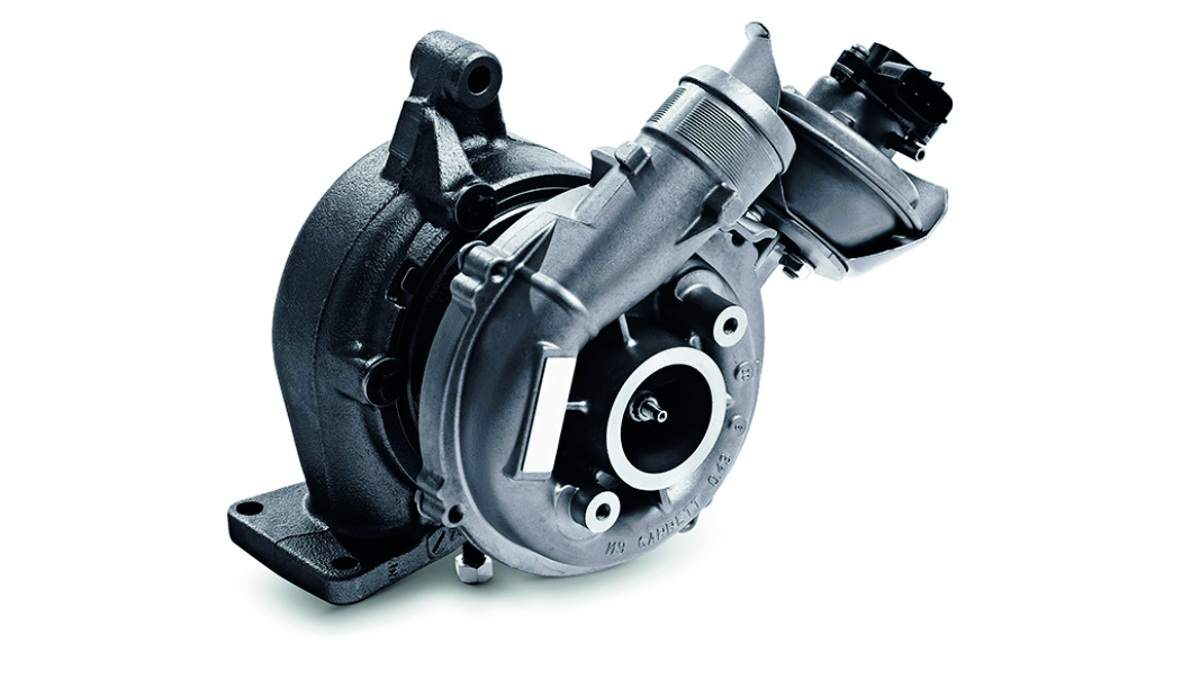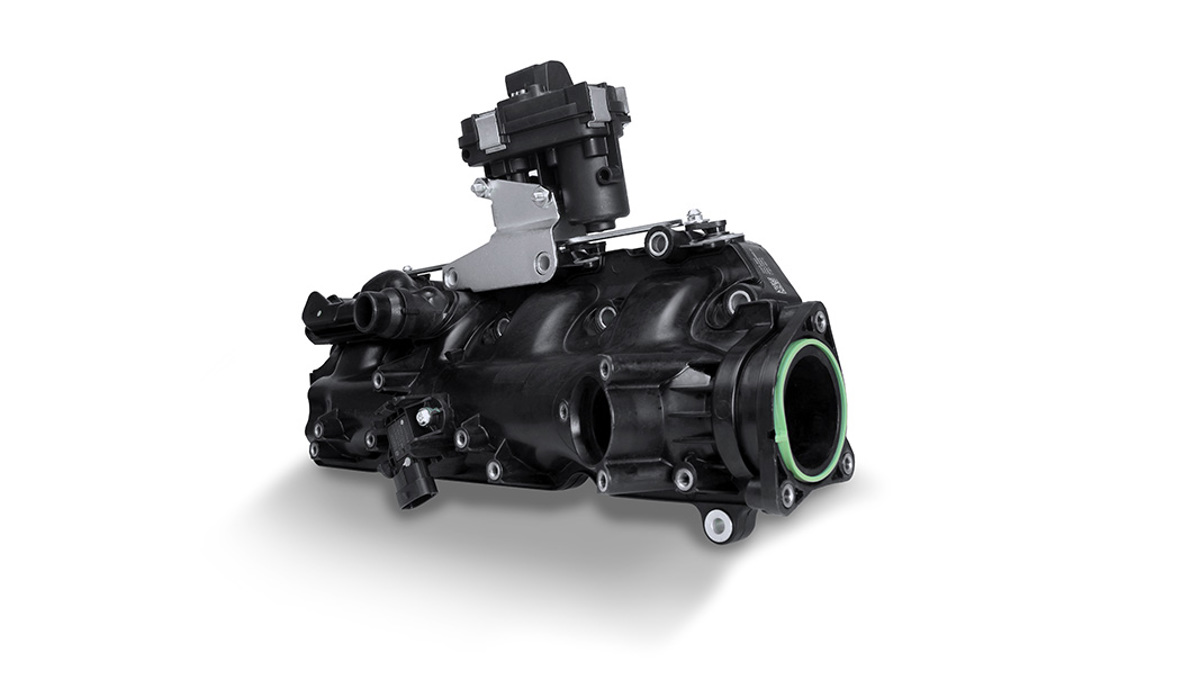A steering rack is a mechanical assembly that is capable of converting the rotational motion of the steering wheel into the lateral motion of the front wheels in order to steer the vehicle. Additionally, power steering racks generate a force to assist the driver in turning the wheel while providing an adequate steering feel. The assistance force can be generated by hydraulic pressure or an electric motor; however, electric power steering racks have become the dominant technology thanks to their ability to reduce fuel consumption.
With more than 20 years of experience in the remanufacturing of steering, CPI holds an extensive steering rack program for European applications on both left and right-hand drive vehicles.
Our power steering racks, manual, and electric racks are remanufactured at our UK facility in Wednesbury, which is fully dedicated to steering technologies.
Our program covers passenger and light commercial vehicles of all makes, and new applications are being constantly added to the program.
CPI has recently invested heavily in a new state-of-the-art test bench, which is fully automated and delivers a more stringent assessment, which allows our company to increase its capacity while securing a premium quality product for our customers.
To ensure product quality, all seals, rubbers, and worn components are fully replaced, and each remanufactured unit undergoes a two-stage test, the first being an air test and the second being a functional hydraulic test.
All EPS systems are tested at three different speeds and loads which simulates how it works on a vehicle.
All electronic components used in any of the EPS systems are tested before being used in the remanufactured unit.
All remanufactured steering units are fully traceable back to the individual test results providing full traceability of product performance.

